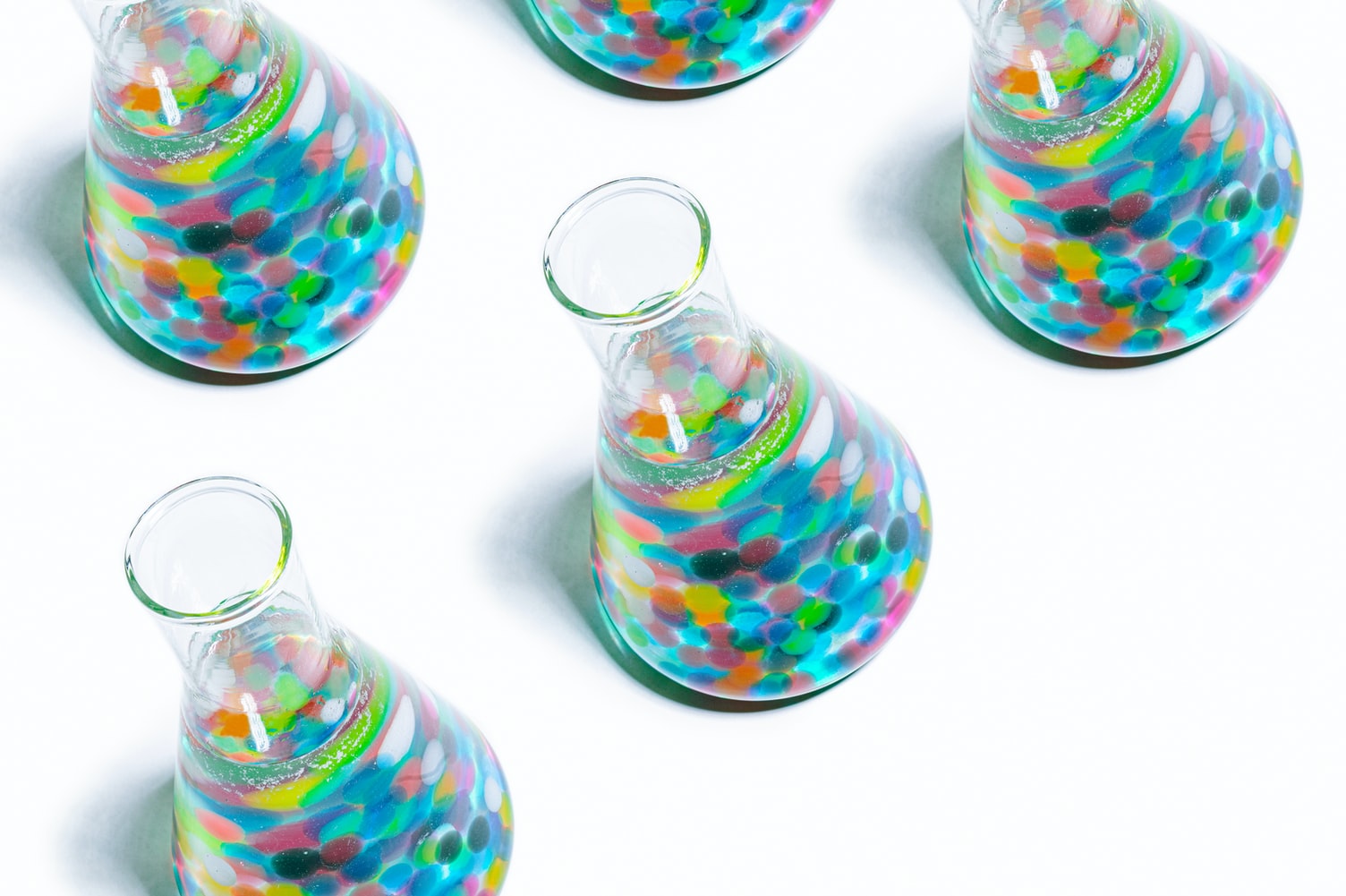Pressing issues such as climate change and the need for alternative energy sources can be addressed through the use of electrochemical technology. It already plays an important role in energy storage and conversion devices such as fuel cells and batteries. Hydrogen gas is viewed as one of the energy carriers of the future as it is environmentally friendly and inexhaustible. However, at present, hydrogen is mainly produced from steam methane reforming and coal gasification, which lead to carbon dioxide emissions. Water electrolysis is an efficient and sustainable way to produce H2. However, the practical application of water electrolysis has been limited due to its high cost. Water splitting involves two half-reactions, hydrogen evolution reaction (HER) and oxygen evolution reaction (OER). The OER is particularly kinetically sluggish, which causes significant energy loss in the water splitting process. Thus, a lot of effort has gone into developing materials that can decrease the energy needed to carry out this reaction. We have recently identified that iron-containing copper-cobalt oxide and nickel-cobalt oxide materials display good oxygen production properties. Thus, the goal of this research is to identify and understand what makes mixed transition metal oxide materials so good at producing oxygen gas. We will be using state of the art techniques to achieve this goal and identify the structural, electronic and mechanistic characteristics that make these materials work the way they do. This research would be highly beneficial to our understanding of their mode of operation and will enable their application in new water electrolysis technology, thus opening the door to practical applications for the production of hydrogen via water electrolysis. Eastern Canada has hydroelectric power available outside peak hours to produce hydrogen in a sustainable way. Our work and that of others in Canada on other aspects of this important process could support R&D for large scale hydrogen production. In doing so Canada would join other countries that are moving towards a hydrogen economy (e.g., Germany, Norway, France, Japan) and it would put Canada in a strong position to combat climate change and meet its carbon emission targets in the future. This project will also benefit Canada by training HQP in the area of materials science with excellent collaborative skills and scientific knowledge. The research will provide knowledge for the development of high-performance materials to produce cleaner energy, such as catalysts for fuel cells and water electrolysis.
Other research interests aim at creating new thin films and nanostructured materials that possess interesting properties that can be used as sensors, solar energy harvesting devices sensors and electronic components. Ultimately our research goals are to understand formation of these materials and to relate their structures and morphology to their electrochemical/electronic, catalytic and/or magnetic properties. These studies are critical for implementing thin film and nanostructure technologies because the surface and interface effects often dominate and alter significantly familiar bulk properties in these low dimensionality systems. In search of novel film materials, our work focussed on the exploration of novel electrodeposited thin films and nanostructures as well as the use of efficient surface modification methods such as formation of alkane thiols SAM and hydrosilylation reaction to incorporate relevant functionalities at gold and hydrogen-terminated silicon surfaces, respectively. The latter, can be employed as platforms for Matrix Assisted Laser Desorption and Ionization Mass Spectrometry (MALDI MS) analysis.
Recently, we have been studying environmentally friendly deep eutectic solvents (DESs) for their application in the formation of metal-nano material composites. DESs are a kind of ionic liquids containing eutectic mixture of organic components of quaternary ammonium salt such as choline chloride and a hydrogen bond donor with a melting point lower than that of each individual component. We employ choline chloride/ethylene glycol-based deep eutectic solvent containing metal ions to produce metal coatings containing small amount of silica and alumina nanoparticles. We are interested in the effect of the electrodeposition conditions, on the microstructure, surface texture, and consequently on the corrosion and mechanical properties of the coatings.
All of our research projects deal in one way or another with low dimensionality systems and the importance of changes in material properties due to the creation or presence of interfaces. We are currently engaged in several research projects and you are welcome to contact us for more details.

